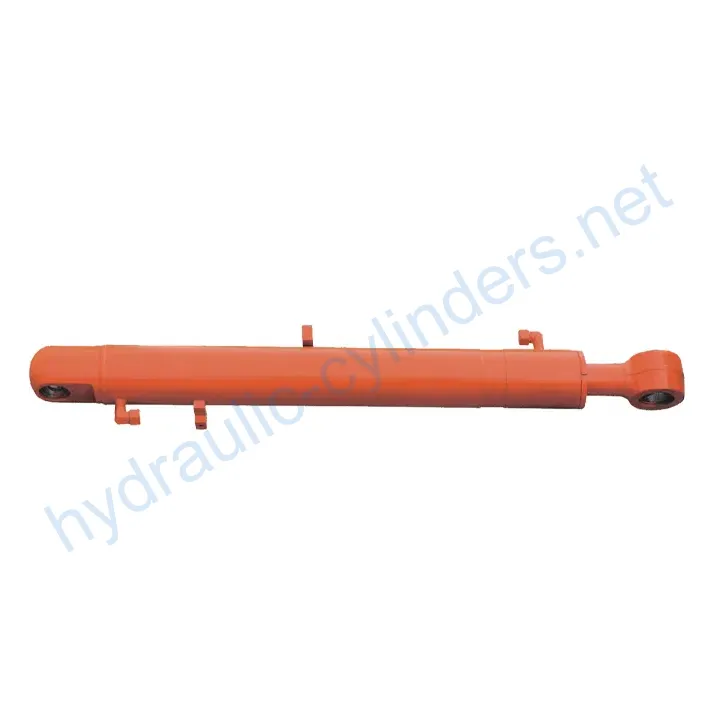Boom Cylinder For DER DER323-8ELZM
As one of the hydraulic cylinders manufacturers, suppliers, and exporters of mechanical products, We offer hydraulic cylinders and many other products.
Please get in touch with us for details.
Mail:sales@hydraulic-cylinders.net
Manufacturer supplier exporter of hydraulic cylinders.
Boom Cylinder For DER DER323-8ELZM
Introduction to Boom Cylinder
The boom cylinder, specifically designed for the DER DER323-8ELZM model, is a vital component of hydraulic systems utilized in heavy machinery. This hydraulic cylinder allows for the controlled movement of various attachments, such as buckets, on equipment like excavators, backhoe loaders, and front-end loaders. Its primary function is to enable the lifting, lowering, and tilting of the bucket, facilitating efficient material handling tasks.
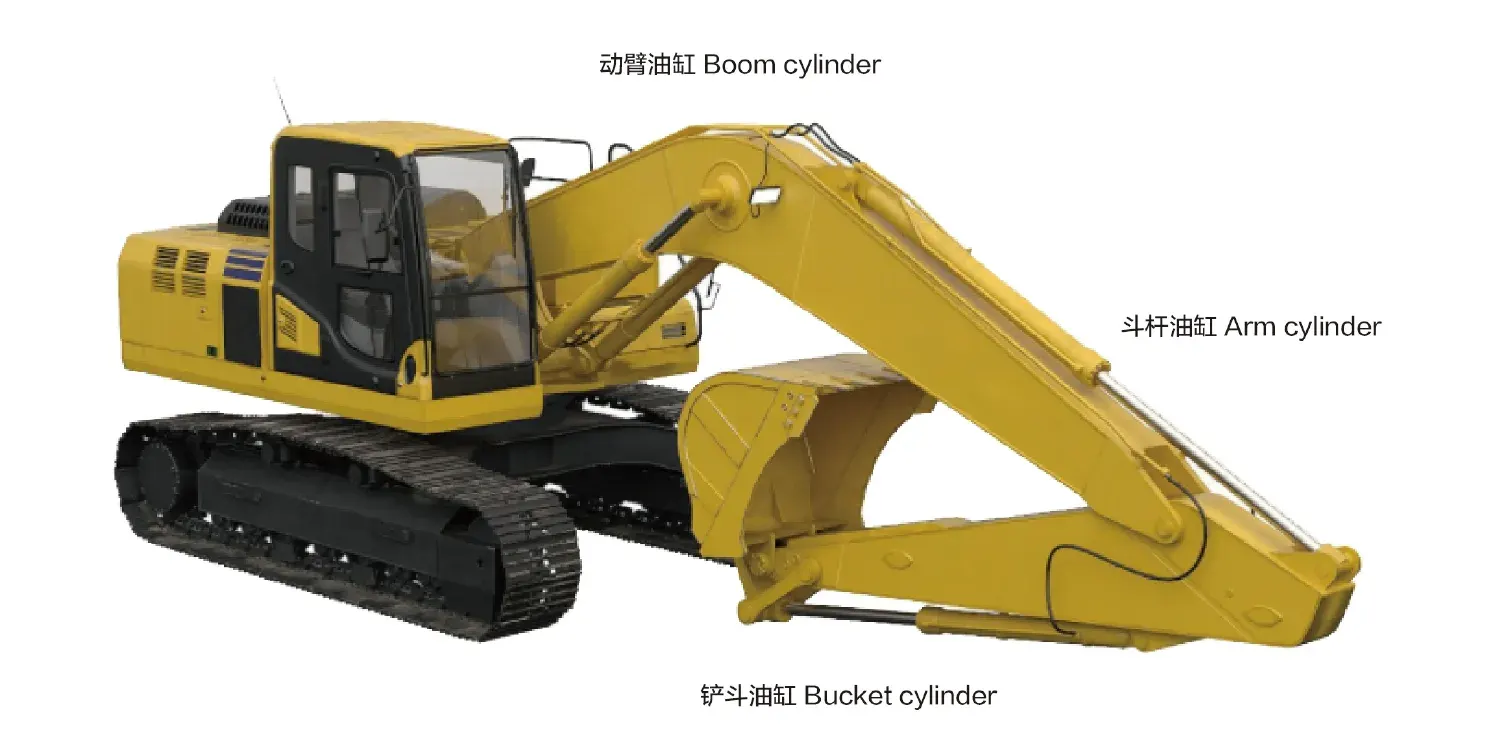
Understanding Bucket Cylinders
Bucket cylinders are hydraulic cylinders specifically engineered to manage the movement of buckets in heavy machinery. These cylinders play a critical role in hydraulic systems by providing the necessary force to operate attachments. Their design ensures that operators can effectively maneuver heavy loads, making them indispensable in construction and agricultural operations.
Features of the Boom Cylinder
- High Strength and Durability: Made from high-strength steel or aluminum, these cylinders can withstand high pressure and heavy loads, designed to perform in harsh environments while ensuring wear resistance and corrosion protection.
- Efficient Hydraulic Operation: Utilizing hydraulic oil pressure, the boom cylinder allows for smooth extension and retraction, responding quickly to control commands and providing substantial pushing and pulling power, ideal for handling heavy and complex tasks.
- Diverse Types: Available in single-acting (operating in one direction) or double-acting (operating in both directions) configurations, with some models offering telescopic capabilities for greater extension without increasing external dimensions, suitable for applications with limited space.
Production Capabilities
We are capable of manufacturing this product, ensuring that our hydraulic cylinders can be a perfect replacement for existing ones in the market.
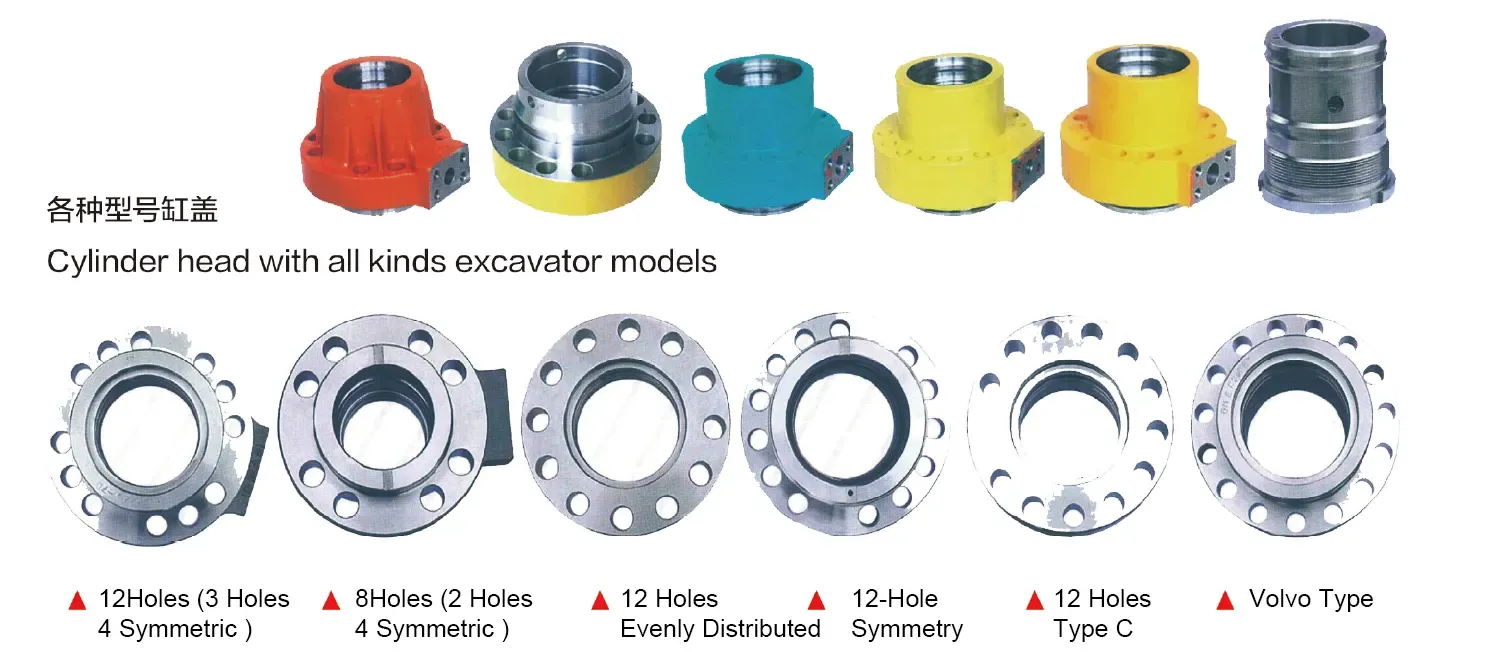
Applications of the Boom Cylinder
Construction Equipment
In excavators, boom cylinders are crucial for digging, loading, and moving soil or debris. They facilitate the bucket’s movement, ensuring efficient excavation operations. In backhoe loaders, the boom cylinder aids in both digging and lifting, enhancing productivity on construction sites.
Agricultural Machinery
For front-end loaders, the boom cylinder is essential for scooping, lifting, and transporting soil, hay, and other materials. It allows farmers to handle large loads efficiently, improving overall productivity and reducing manual labor.
Digger Operations
Excavators rely on bucket cylinders to penetrate soil effectively, enabling deep digging tasks. Their robust design ensures consistent performance during prolonged usage, making them a staple in construction and mining operations.
Loader Functions
In front loaders, boom cylinders contribute to lifting and dumping materials. Their reliable performance ensures effective handling and transport of goods, making them integral to various loading operations.
Design Considerations and Selection Criteria
- Load Capacity: The load capacity of the boom cylinder is a paramount consideration. It must be capable of handling the maximum weight of the materials and equipment it will operate with. Understanding the weight distribution and ensuring the cylinder meets or exceeds these specifications is crucial for safe and effective operation.
- Sealing: Good sealing is essential for preventing hydraulic fluid leaks, which can lead to reduced efficiency and potential damage. Utilizing high-quality seals that can withstand pressure and temperature fluctuations ensures the longevity and performance of the hydraulic system.
- Durability: The materials used in the construction of boom cylinders must be robust enough to withstand harsh environmental conditions and wear. Choosing cylinders made from treated steel or corrosion-resistant materials enhances durability and reduces maintenance needs over time.
- Safety: Safety features, such as pressure relief valves and overload protection, are essential to prevent accidents and equipment failure. Proper attention to safety standards during design ensures the operator’s safety and the machine’s reliability.
- Maintainability: Easy access to service points and the design of the cylinder can drastically affect maintenance routines. A well-thought-out design allows for easier inspections and repairs, reducing downtime and increasing productivity.

Sealing and Lubrication
The effectiveness of a boom cylinder heavily relies on its sealing and lubrication mechanisms. Various seals, including piston seals and rod seals, are utilized to prevent hydraulic fluid leaks. Seals made from wear-resistant materials such as polyurethane and nitrile rubber enhance durability. The cylinder body and threaded end surfaces are finely treated to improve wear resistance. Regular lubrication with an appropriate amount of hydraulic oil is essential to maintain optimal performance and prevent wear.
Regular Inspection and Preventive Maintenance
- Routine Checks: Regular inspections are critical to identify any signs of wear or damage early. Checking the hydraulic fluid levels and looking for leaks can prevent larger issues from developing.
- Lubrication: Ensuring that all moving parts are adequately lubricated will extend the life of the boom cylinder. Using the correct type of hydraulic fluid and following the manufacturer’s specifications for lubrication intervals is vital.
- Seal Replacement: Regularly replacing seals as part of a maintenance schedule can prevent leaks and maintain hydraulic efficiency. Keeping a record of seal replacements helps track the health of the hydraulic system.
Installation Guidelines
Proper installation of the boom cylinder is essential for optimal performance. Begin by ensuring that the mounting surfaces are clean and free from debris. Align the cylinder carefully, ensuring that it is straight and properly positioned. Use appropriate mounting brackets to secure the cylinder in place. Follow the manufacturer’s instructions regarding torque specifications for mounting bolts. Once installed, it is crucial to check the hydraulic connections for leaks before operation. Following these guidelines will help ensure that the boom cylinder operates efficiently and safely.
Common Maintenance Tasks
- Regular Inspections: Conduct routine inspections to detect any anomalies early. Regular checks on the seals and hydraulic lines help maintain system integrity.
- Proper Lubrication: Ensure that the hydraulic fluid is at the correct level and of the right type. Regularly scheduled lubrication will enhance the performance and lifespan of the cylinder.
- Seal Replacement: Monitor seal conditions and replace them when signs of wear occur. This reduces the risk of leaks and maintains hydraulic efficiency.
Proper alignment of the cylinder is crucial during installation. Ensure the cylinder is parallel to the load direction and avoid misalignment that could lead to premature wear or failure. Recommended procedures for inspection, repair, and replacement should be carefully followed to maximize the lifespan of the boom cylinder.
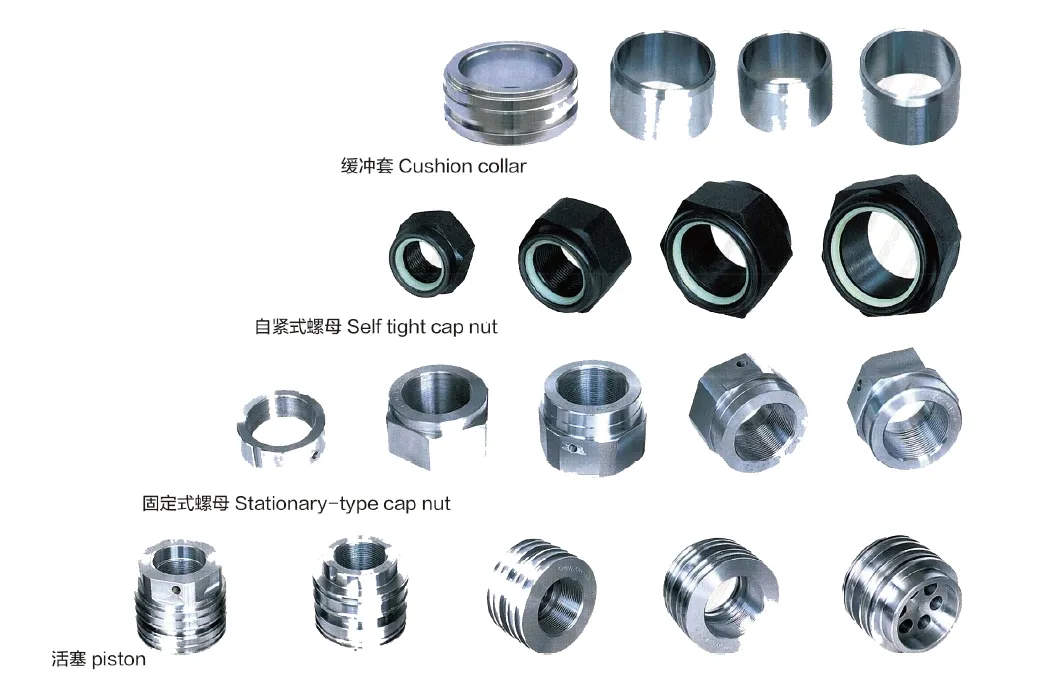
Safety Considerations and Environmental Factors
Safety measures are paramount when operating hydraulic cylinders. Operators must wear appropriate PPE and follow safety protocols to mitigate risks associated with hydraulic failures. Ensuring that the equipment is properly maintained reduces the likelihood of accidents. Additionally, awareness of environmental factors, such as temperature fluctuations and exposure to hazardous materials, can influence the performance and lifespan of hydraulic components.
Troubleshooting and Common Issues
- Leaks: Hydraulic fluid leaks can occur due to worn seals or damaged hoses. Identifying and replacing faulty components promptly is crucial to prevent further damage.
- Reduced Performance: If the boom cylinder is slow or unresponsive, it may indicate low hydraulic fluid levels or blockages in the hydraulic lines. Checking for these issues and rectifying them is essential.
- Noise: Unusual noises during operation can indicate internal wear or damage. Investigating the source of the noise and addressing it immediately can prevent catastrophic failures.
Effective troubleshooting involves systematically checking all components of the hydraulic system. Maintaining detailed records of issues and repairs can help identify recurring problems and inform future preventive measures.
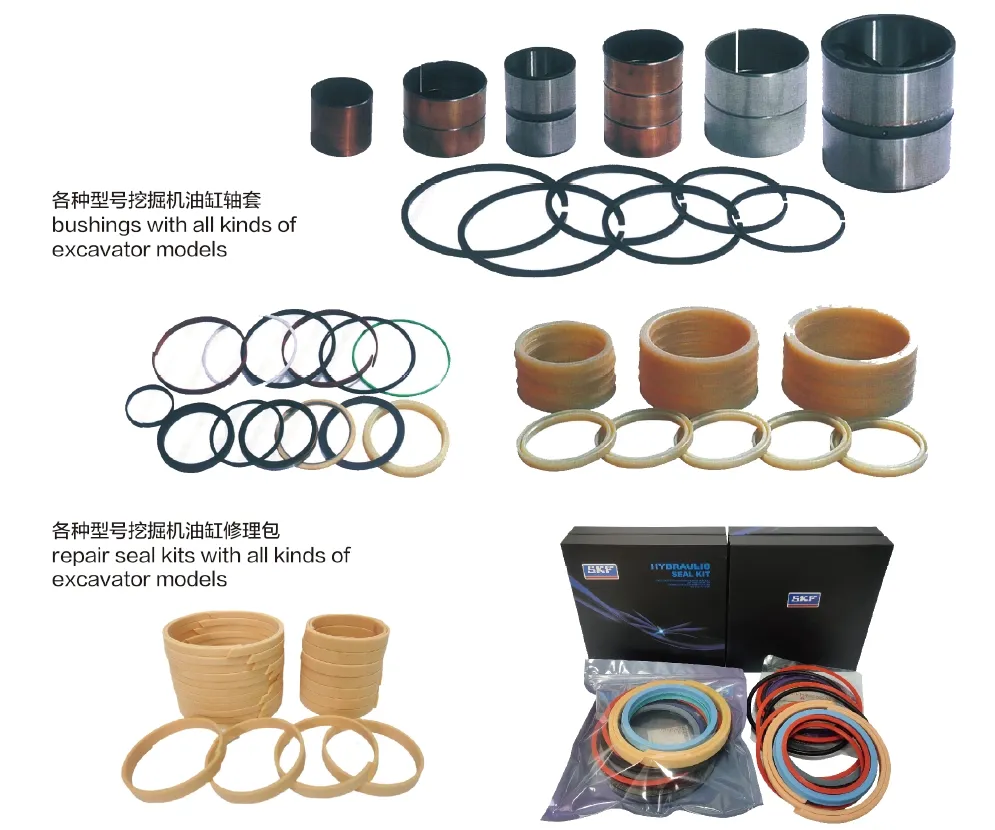
Company Overview
We are a leading manufacturer of replacement hydraulic cylinders, recognized in both domestic and international markets for our comprehensive product range. Our commitment to excellence is backed by a fine-tuned manufacturing strategy, focusing on high-quality production management. Our team comprises technical talents and utilizes advanced digital manufacturing equipment and professional inspection systems to enhance our production platform continuously. With a strong creative capability, we adhere to principles of high efficiency, precision, and quality to meet diverse customer needs.
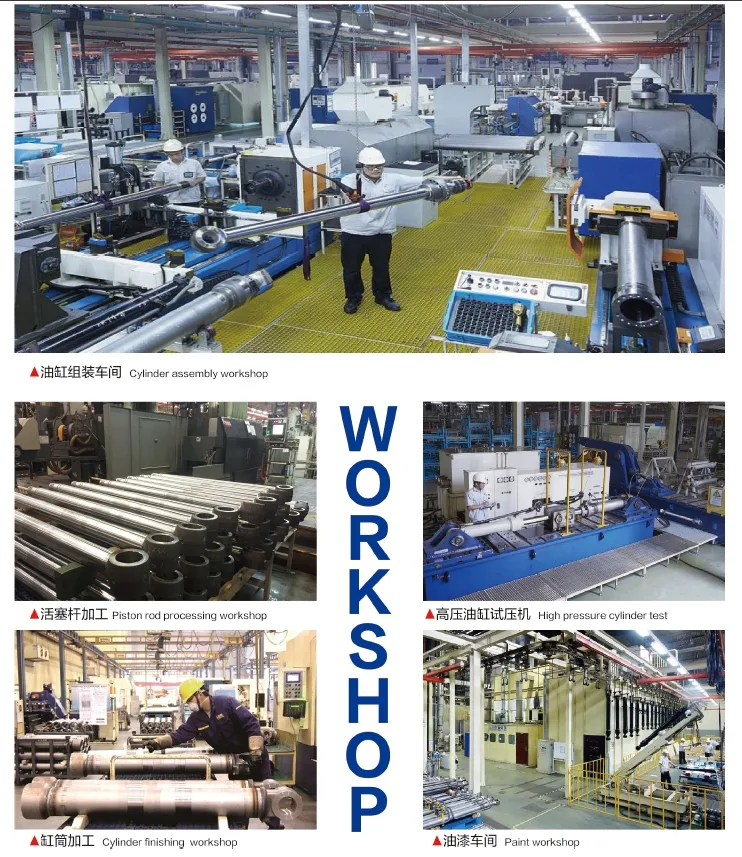
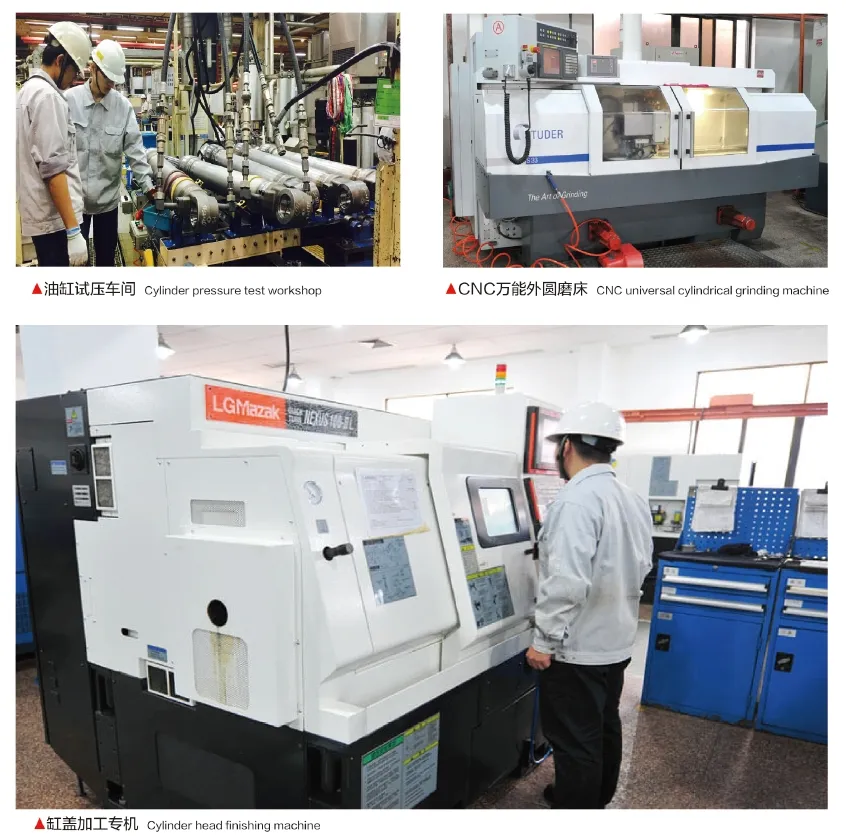
Our dedication extends to professional expertise, international certifications, customized services, advanced manufacturing equipment, and exceptional after-sales support.
Author: lyl
Take a Tour of Our VR Factory:
Take a tour of our VR factory with the following
Hydraulic Cylinder Application:


